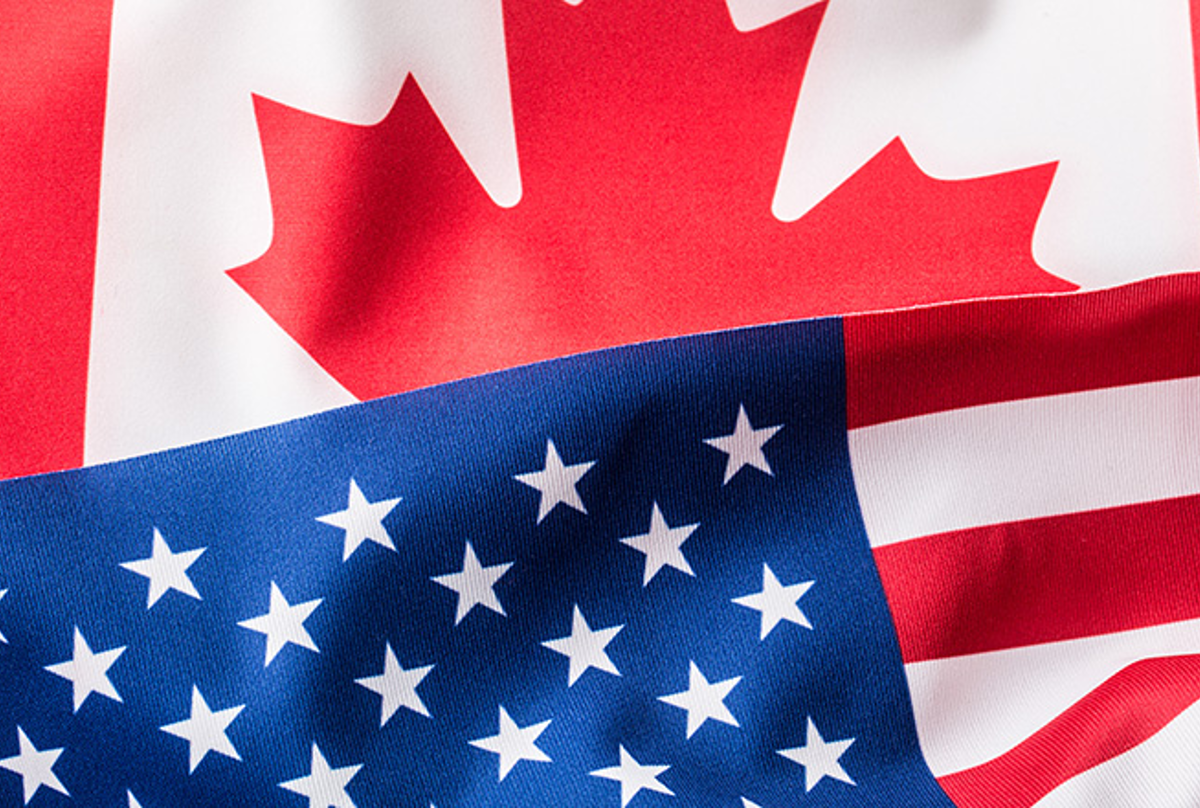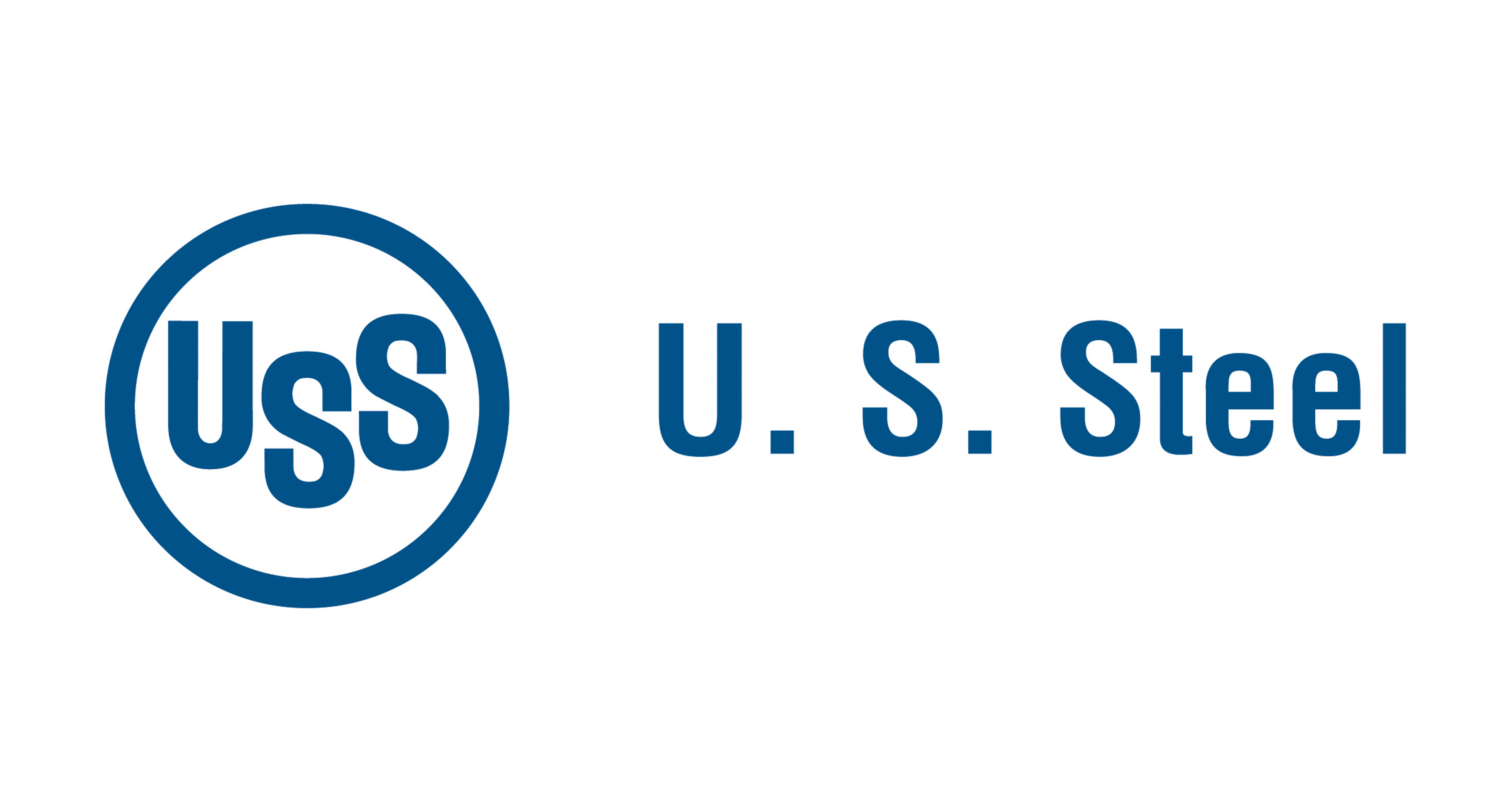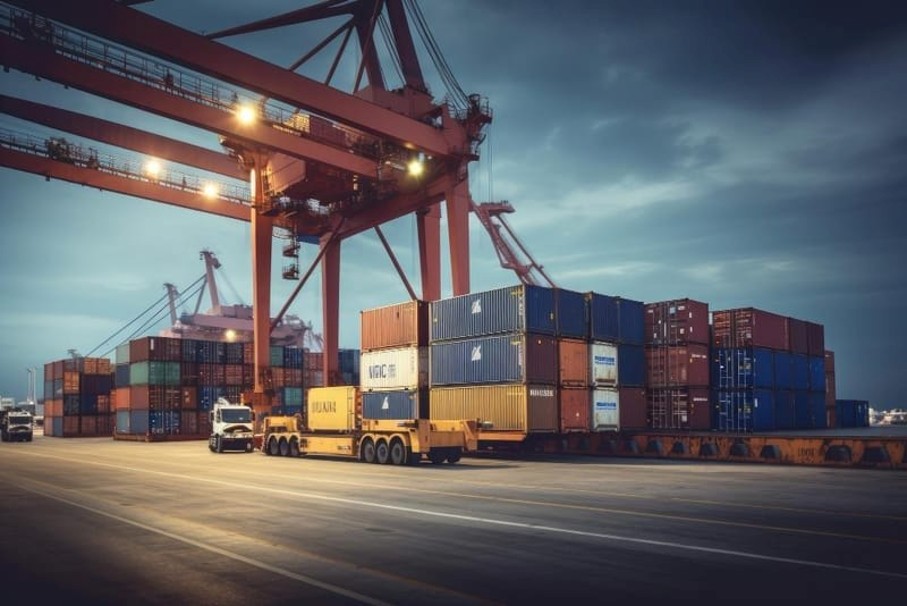Government/Policy

July 13, 2019
Leibowitz on Trade: President Rejects Section 232 Import Restrictions for Uranium
Written by Lewis Leibowitz
Trade attorney and Steel Market Update contributor Lewis Leibowitz offers the following update on events in Washington:
Happy Bastille Day!!
On Friday afternoon, which is traditionally the time to bury inconvenient news, the White House announced that President Trump had rejected the advice of the Secretary of Commerce to impose import restrictions on uranium trade. The case has interesting parallels to steel and aluminum, but also important differences. It may also telegraph what the resident may do about automobile and auto parts trade.
The Secretary of Commerce initiated an investigation in early 2018 into imports of uranium for nuclear fuel and for the defense establishment. Unlike the steel, aluminum and auto industries, the uranium probe was initiated in response to a private industry petition for relief.
The Secretary of Commerce issued a report on uranium imports in April 2019. The Secretary concluded that imports of uranium controlled over 90 percent of the market in the United States. While the recommendations of the Secretary were not released, industry speculation was that tariffs and quotas on uranium, in both raw and processed forms, were recommended.
On July 12, the president announced that he did “not concur with the Secretary’s finding that uranium imports threaten to impair the national security of the United States as defined under section 232 of the [Trade Expansion Act of 1962].” The president’s memorandum further stated that he agreed the Secretary’s report raised “significant concerns” with respect to “domestic mining” of uranium. But he added: “I find that a fuller analysis of national security considerations with respect to the entire nuclear fuel supply chain is necessary at this time.”
The Working Group will include the heads of 14 agencies or their designees. It is charged with examining the current state of domestic nuclear fuel production. The Working Group is to submit a report to the president within 90 days, or by Oct. 12, containing findings and recommendations “to further enable domestic nuclear production if needed.”
On June 29, 2019, the president announced the creation of a United States Nuclear Fuel Working Group to “revive and expand” the entire nuclear supply chain.
Like steel and aluminum, the uranium industry is a multi-layered complex of companies producing, processing, selling and distributing uranium products for civilian and defense use. While the Section 232 Commerce Department report concentrated on encouraging domestic mining of uranium ore and processing it into material that is suitable for “enrichment,” the downstream activities were not the focus of the analysis. The uranium enrichment industry serves both the domestic utility market and foreign markets for countries that do not have their own processing capabilities. And, of course, enrichment is an activity that is closely monitored because of its potential for providing weapons, fuel for nuclear submarines, and other purposes.
What does this mean for steel and aluminum? First, the Commerce Department reports on steel and aluminum were woefully short on analysis of the complex relationships between steel producers, raw material supplies (e.g., iron ore), and consumer needs. Perhaps the president was reluctant to implement a report on uranium that was inadequate and might create more problems than it addresses. The steel and aluminum reports have been criticized by many outside the White House on the same grounds.
I have quite a bit of background on uranium as well as steel and aluminum and I see many points of similarity between those industries. In order to make sustainable and lasting policy changes affecting any industry that is important to this country’s future, a critical analysis of the problems and consequences of any particular action is of primary importance. This lesson applies to all investigations under Section 232.
Lewis Leibowitz
The Law Office of Lewis E. Leibowitz
1400 16th Street, N.W.
Suite 350
Washington, D.C. 20036
Phone: (202) 776-1142
Fax: (202) 861-2924
Cell: (202) 250-1551







